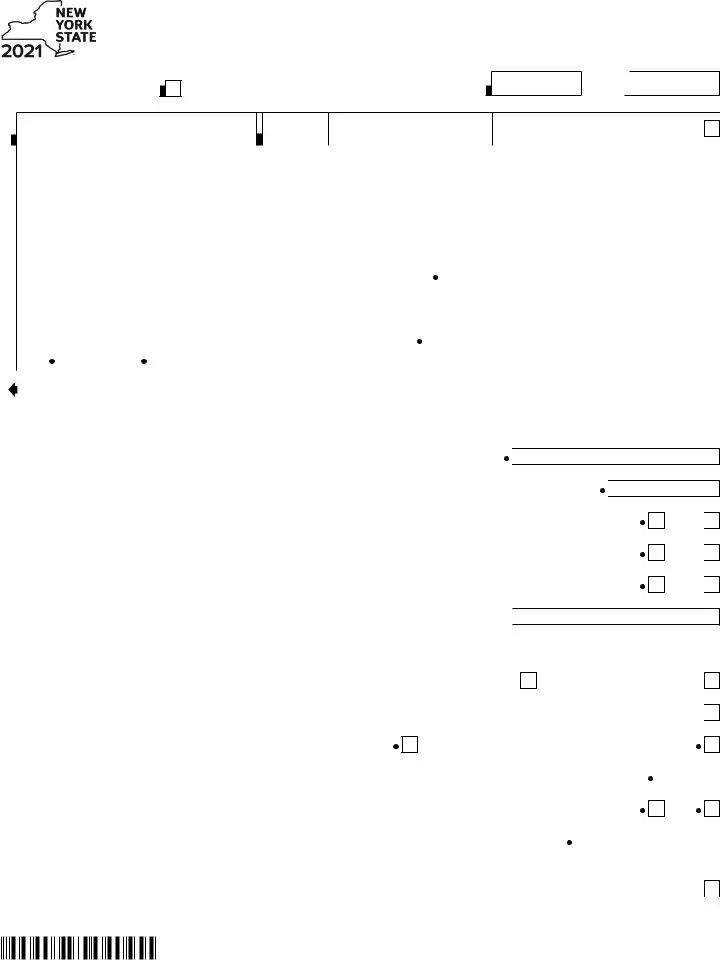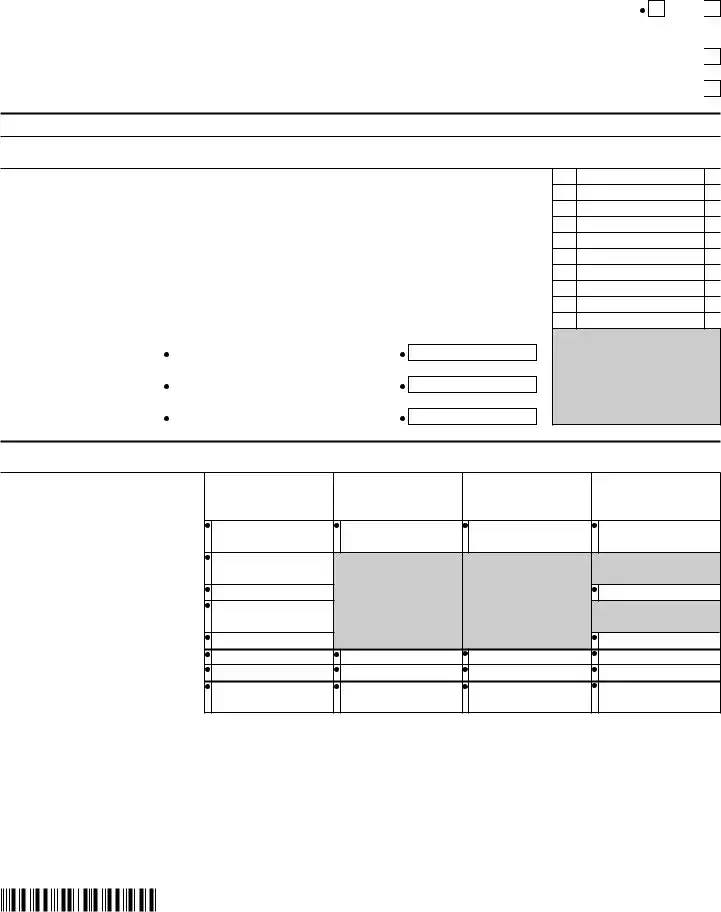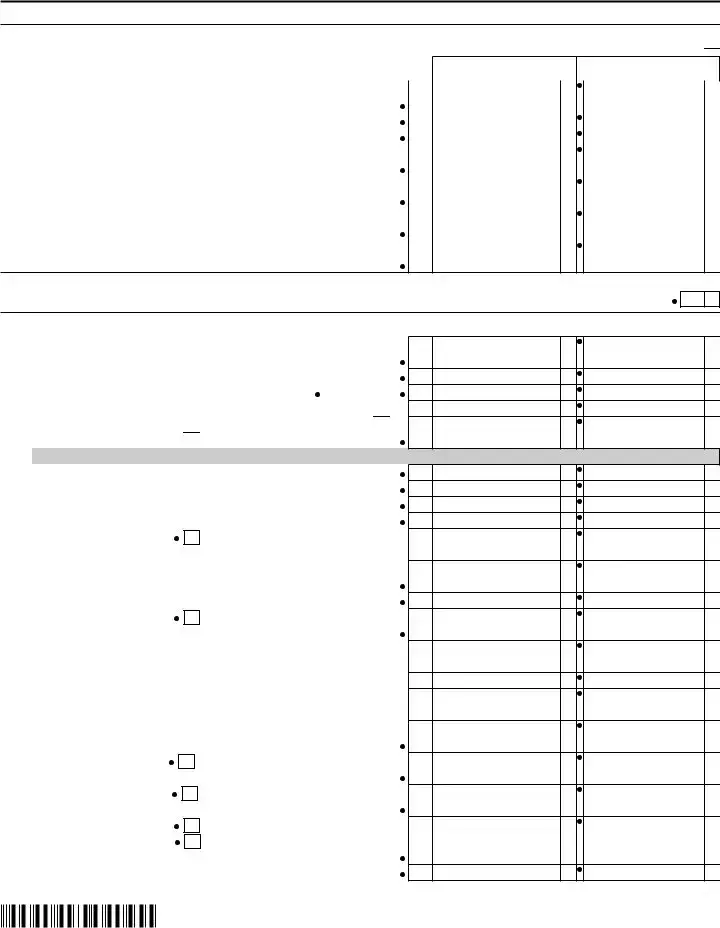What is the CT-3-S New York S Corporation Franchise Tax Return?
The CT-3-S is a tax form that S Corporations in New York State must file to report their income, losses, and other financial information for the tax year. It outlines the franchise tax obligations of S Corporations under Articles 9-A and 22 of the New York State Tax Law. An S Corporation must file this form to disclose earnings, claim deductions or credits, and determine the tax due or refund owed by the state.
Who needs to file the CT-3-S form?
Any corporation that has elected S Corporation status for federal tax purposes and is recognized by New York State as an S Corporation must file the CT-3-S form. This includes corporations operating in New York, foreign (out-of-state) S Corporations doing business in New York, and those required to make a mandatory New York S election under Article 22, section 660(i).
What documents must be attached to the CT-3-S form?
When filing the CT-3-S form, corporations need to attach several documents, including:
- The federal form 1120S as filed
- Form CT-34-SH
- Form CT-60, if applicable
- Any applicable credit claim forms
- Form CT-225, if applicable
- Form CT-227, if applicable
Is it possible to amend a previously filed CT-3-S form?
Yes, corporations can amend a previously filed CT-3-S form if necessary. To do this, they must mark the "Amended return" box at the top of the form and include any corrected information or additional documents required to amend the return.
How do S Corporations pay the franchise tax and any associated fees?
Payment of the franchise tax and any associated fees should be made payable to the New York State Corporation Tax and submitted with the CT-3-S form. The form provides a section for calculating the tax due, including any installments for estimated taxes for the next tax period. Payment details and methods are provided in the instructions accompanying the form.
What happens if an S Corporation fails to file the CT-3-S form or pay the associated taxes on time?
If an S Corporation fails to file the CT-3-S form or pay the taxes due on time, it may be subject to penalties and interest. The New York State Department of Taxation and Finance can impose late filing and late payment penalties, in addition to charging interest on the unpaid tax from the due date until the tax is paid.
Can foreign S Corporations file the CT-3-S form?
Yes, foreign S Corporations that conduct business in New York State are required to file the CT-3-S form if they have elected S Corporation status federally and are recognized as such by New York State. These corporations must report their New York income and calculate their franchise tax obligation in the same manner as domestic S Corporations.































 ).
). 







